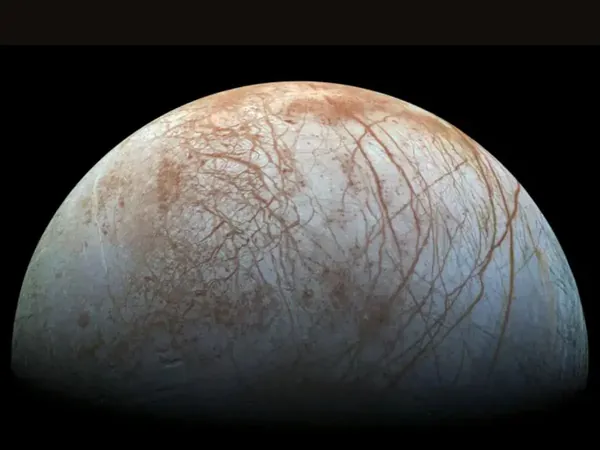
Asteroid on Collision Course with Moon Could Spark Stunning Meteor Shower on Earth in 2032
2025-07-29
Author: Yu
A Cosmic Catastrophe in the Making?
Imagine a 15-story building-sized asteroid hurtling toward the Moon! That's the scenario we could face in 2032 thanks to asteroid 2024 YR4. While there's a 96% chance this space rock will miss, scientists signal that the potential fallout from an impact is too dramatic to ignore.
Tracking the Trajectory
Recent observations from NASA's James Webb Space Telescope suggest that 2024 YR4 measures between 175 to 220 feet in diameter. As fears mounted about its possible collision with Earth, international attention piqued, momentarily placing it at the top of the Torino Impact Hazard Scale. Thankfully, the threat to our planet has now subsided, but the Moon remains in the crosshairs.
What Would Happen If It Hits?
Should 2024 YR4 collide with the lunar surface, we could witness the creation of a massive crater over half a mile wide—potentially the largest impact the Moon has seen in 5,000 years. Current predictions indicate that the impact would occur in the Moon's Southern Hemisphere, raising alarms for satellites orbiting Earth.
A Meteor Showdown!
The aftermath of such a lunar collision could unleash debris into space, some of which may even enter Earth’s atmosphere, delivering a stunning meteor shower. "The resultant meteor shower may last several days, providing a captivating spectacle, albeit with fewer visible meteors due to the low speeds of the debris," noted the research team.
Risks for Satellites and Spacecraft
With over 10,000 active satellites and a staggering amount of space junk circling our planet, any debris from the Moon’s surface could pose significant risks. Researchers warn that hundreds to thousands of micro-sized impacts from lunar ejecta could affect satellites, though they are unlikely to incapacitate any missions entirely.
A New Horizon Ahead
But the dangers don't stop there! Spacecraft in orbit around the Moon, such as NASA's planned Lunar Gateway for astronauts, may also be in jeopardy. With 2024 YR4 currently hidden behind the Sun, we won't be able to take new observations until 2028—crucial insights that will help refine impact predictions and prepare for any future threats.
As we look toward the heavens, the possibility of a lunar impact remains a thrilling yet daunting prospect, reminding us of the unpredictability of our cosmos!




 Brasil (PT)
Brasil (PT)
 Canada (EN)
Canada (EN)
 Chile (ES)
Chile (ES)
 Česko (CS)
Česko (CS)
 대한민국 (KO)
대한민국 (KO)
 España (ES)
España (ES)
 France (FR)
France (FR)
 Hong Kong (EN)
Hong Kong (EN)
 Italia (IT)
Italia (IT)
 日本 (JA)
日本 (JA)
 Magyarország (HU)
Magyarország (HU)
 Norge (NO)
Norge (NO)
 Polska (PL)
Polska (PL)
 Schweiz (DE)
Schweiz (DE)
 Singapore (EN)
Singapore (EN)
 Sverige (SV)
Sverige (SV)
 Suomi (FI)
Suomi (FI)
 Türkiye (TR)
Türkiye (TR)
 الإمارات العربية المتحدة (AR)
الإمارات العربية المتحدة (AR)